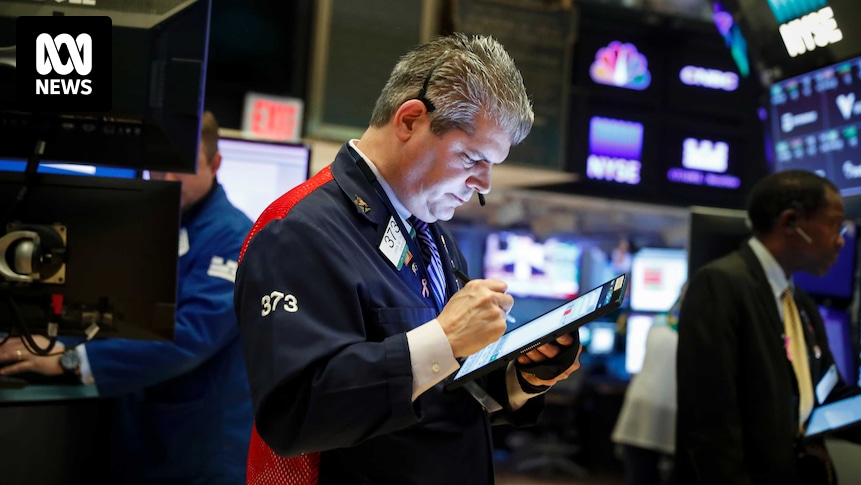Wall Street’s three key indices made solid gains on Friday, but not strong enough to end the week in positive territory.
The S&P 500, Dow and Nasdaq gained 0.6%, 0.7% and 0.4% respectively.
Over the week the S&P 500 slipped 0.3% and the Nasdaq was down 0.7%.
Europe made a better fist of things, with the broad Eurostoxx index up 0.8% for the session and 0.5% for the week.
The ASX 200 looks set to embrace the “risk back-on” sentiment this morning, albeit modestly, with futures trading pointing to a 0.2% gain.
Over last week the ASX picked up 0.2%, its first gain in 3 weeks.
The key economic news on Friday was US inflation data.
The Fed’s preferred measure of inflation, personal consumption expenditures (PCE) for August rose 0.3% (2.7% year-on-year), in line with market expectations, while consumer spending was higher than expected.
However, at least one Federal Reserve governor was dubious about the data, with Richmond Fed Bank President Thomas Barkin telling Bloomberg he had very low confidence in inflation forecasts, as tariffs continued to impact the economy.
The prospect of a potential government shutdown is also adding uncertainty and could disrupt the data flow, including this week’s key employment data.
The stronger-than-expected consumer spending saw US Treasury bond yields rise.
“The one bright spot was that income and spending were a little bit firmer than expected, which means the consumer isn’t falling off a cliff as the market was expecting,” TD Securities head of US rates strategy Gennadiy Goldberg told Reuters.
Gold, a safe haven which usually benefits from lower interest rates, broadly held on to recent gains approaching $US3,800/ounce.
Oil prices rose as Ukrainian drone attacks on Russia’s infrastructure cut the major energy producer’s exports.
The global benchmark Brent crude rose 1% to $US70.13/barrel.

